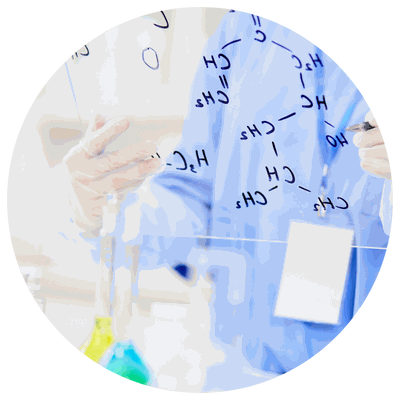New antibiotic treats superbugs with low level bacterial resistance
February 28, 2023 | Biology
Bacterial resistance typically impedes antibiotic development as failure on this stage never gets the drug to clinical practice. It also limits the drug’s potential marketplace value.
A research team from the University of California - Santa Barbara developed a drug that simultaneously disintegrates most bacterial functions, explaining its ability to kill every pathogen it was tested with and why there was a low-level of bacterial resistance even after prolonged drug exposure.
The broad-spectrum antibacterial activity, coupled with low-levels of bacterial resistance, makes this class of antibiotics a promising, versatile therapy. Although, further drug safety and efficacy studies need to be performed to understand its clinical benefits and risks.
